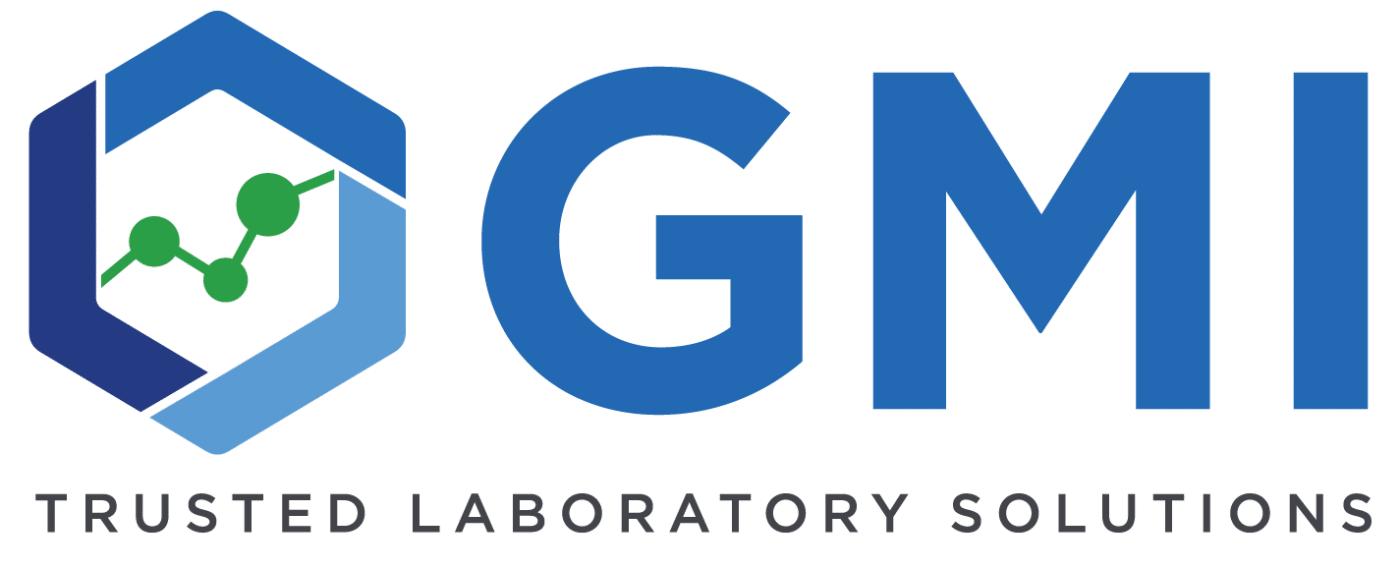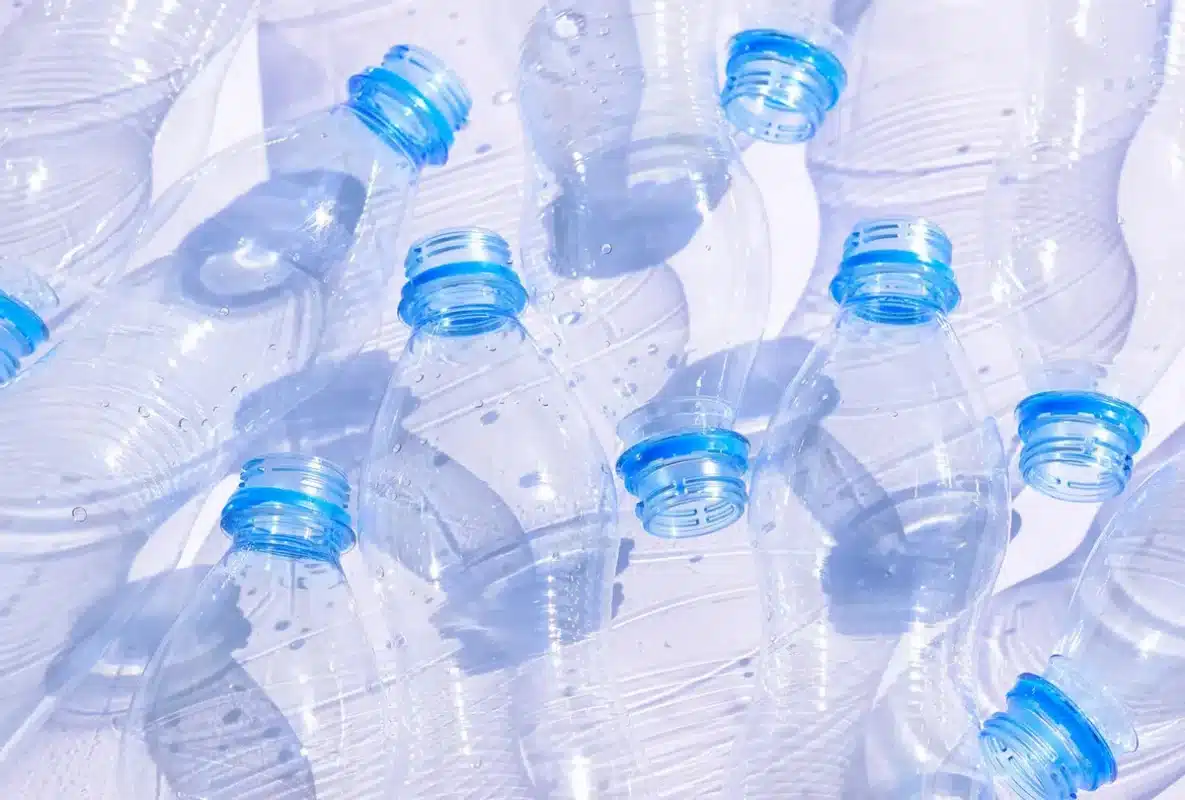No products in the cart.
KNAUER, New Laboratory Equipment, Chromatography
Liquid Chromatography: Detecting Bisphenol A in Water
Liquid chromatography (LC) is a well-known extraction methodology which is widely utilized in the analysis of solutions, where the primary objective is to detect and quantify contaminant elements.
The basic premise of liquid chromatography revolves around the separation of a solution’s constituents by their ionic or molecular properties. This separation occurs when the sample is strategically injected into an LC column containing a separative stationary phase. Analytes pass through the column at different rates based on unique ionic/molecular interactions with the stationary media. Absorption rate, size, and a range of other factors dictate the speed at which solutes pass through the LC column. Operators can subsequently infer detailed chemical insights into sample composition based on time-dependent elution.
Various forms of liquid chromatography are useful in detecting contaminants and quantifying undesirable elements down to the trace and ultra-trace levels.
The Importance of Bisphenol A Extraction
Bisphenol A (BPA) is an industrial chemical found in various epoxy resins and polycarbonates. It is also remarkably similar to synthetic estrogen, and subsequently carries high potential health risks. BPA is said to mimic the body’s natural hormone responses and disrupt normal hormone levels. Too much BPA in the body carries significant health implications. This is problematic as BPA-containing plastics are routinely used in food and water storage.
BPA is a common additive used in the industrial production of polycarbonates and polyvinyl chloride (PVC). It is also an important monomer in the production of polycarbonate. Due to the number of essential uses, it is hard to eradicate from manufacturing chains. This makes detecting it in products for human consumption a necessity.
With Knauer, experts deploy online solid phase extraction (SPE) for time-saving and trustworthy solvent separations for contaminant detection. As an automated liquid chromatography technique, SPE is extremely practical and perfectly suited to repetitive procedures such as high throughput BPA screening.
High Performance Liquid Chromatography (HPLC) with SPE
With Knauer, our technical team exploits a wide range of liquid chromatography systems to meet the broadest possible range of customer specifications. For the effective detection of BPA in water samples, we employ the AZURA Analytical HPLC Plus System. This comprises an AZURA P 6.1L LPG pump, an autosampler AS 6.1L, an AZURA CT 2.1 column thermostat, a AZURA MWD 2.1L multi wavelength detector and an assistant AZURA ASM 2.2L equipped with a 12 port multi position valve, a 6 port/2 position injection valve and a pump with 10 mL pump head, we believe this to be the most comprehensive system for BPA screening.
The multi-stage SPE process consists of column conditioning with columns filled with our patented KNAUER Eurospher II 100-3 C18A silica, sample extraction and sample analysis.
To get a more comprehensive idea of our collection of chromatography apparatus, get in contact today to speak to our design experts.


